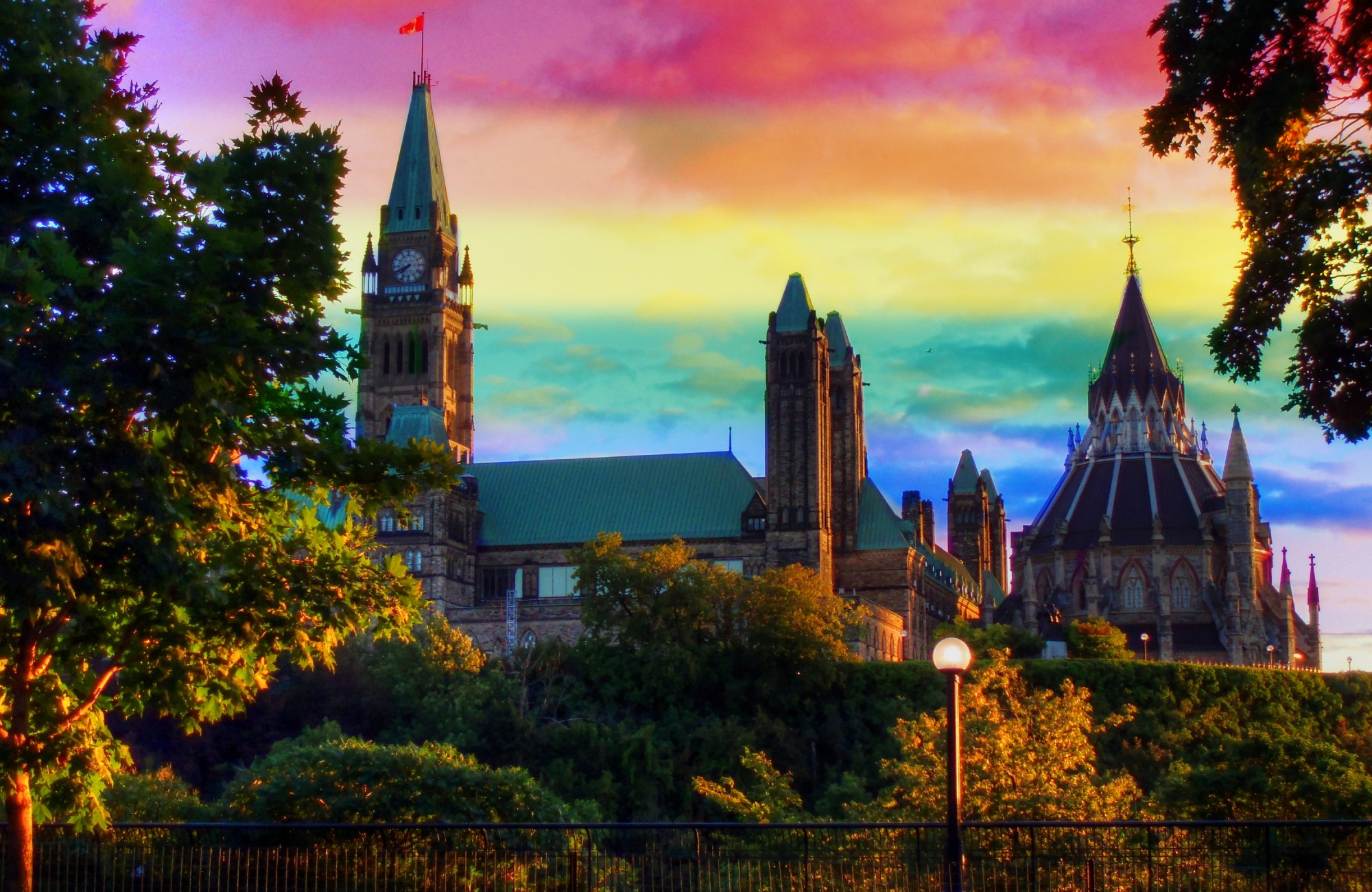One of several promises made by the minority Liberal government upon being sworn into parliament as cabinet ministers was to reintroduce a stronger bill against conversion therapy. As of November 30, they have delivered with Bill C-4. Per CP24, the new bill intends “to close some loopholes present in the last piece (Bill C-6) of legislation to tackle the issue.”
Conversion therapy is a practice that is defined as “any service, practice, or treatment designed to change a person’s sexual orientation to heterosexual, gender identity to one that matches the sex assigned at birth, or to repress or reduce non-heterosexual sexual attraction or sexual behaviours” per the Government of Canada’s website.
The practice has been denounced by the Canadian Psychological Association, the Canadian Psychiatric Association and the Canadian Paediatric Society and is viewed as harmful towards 2SLGBTQ+ individuals.
Previous bills had been brought forward with attempts to delegalize conversion therapy with Bill C-8 being introduced during the first session of the 43rd Parliament, however it was prorouged in August of 2020. Bill C-6 was then introduced and the amended bill was passed by the House of Commons on June 22, 2021 and received its first reading in the Senate on the same date. Due to the snap election earlier this year, the bill died once again when Parliament was dissolved on August 15, 2021.
Michael Kwag from the Community-Based Research Centre (CBRC) emphasizes how essential it is that “the government adopt additional policy measures to address the issue of conversion therapy comprehensively.” Kwag also proposes that these measures “include funding community-based services and mental health support for survivors, as well as awareness campaigns to increase public understanding of 2SLGBTQ+ communities.”
Kwag presents data, shown from CBRC’s “Sex Now” 2019-2020 survey; “as many as one in 10 queer and trans people reported having experienced conversion therapy, and the majority of these (72 per cent) started with youths under 20. Importantly, they note that conversion therapy practices appear to be even more common among non-binary and trans people (20 per cent), youth between 15 to 19 years of age (13 per cent), immigrants (15 per cent), and Black, Indigenous, and people of colour (11 to 22 per cent; varying by specific identities).”
Liberal MP for York Centre, Ya’ara Saks writes, “No person should be subjected to torture under the false pretense that their sexual orientation, gender identity, or gender expression can or should be altered. Banning conversion therapy is an important step in protecting and supporting the equality and dignity of 2SLGBTQ+ persons. We should strive to live in a Canada where everyone can live as their true, authentic self in every aspect of life, and no one is discriminated against based on who they love or how they express themselves.”
Angie Lawrence, a third-year film production student, feels that it “might come as a shock to some that conversion therapy is still legal when so much, including film and television leads us to consider it a thing of the past.” They attest that “there isn’t a millimetre of logic to keeping it legal, given the ways it damages the mental health of queer and trans Canadians. I think it continues to prolong the narrative that equates being born queer with being born sick.”
With the support of the New Democratic Party, Bill C-4 is expected to clear the House of Commons. They intend to “support getting it passed and sent to the Senate as soon as possible,” according to the Toronto Star.


